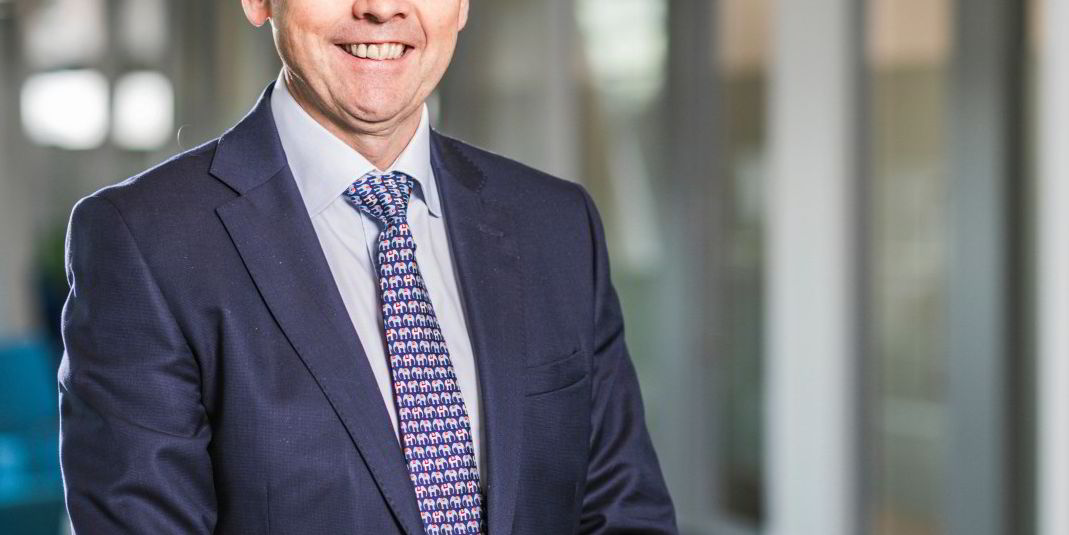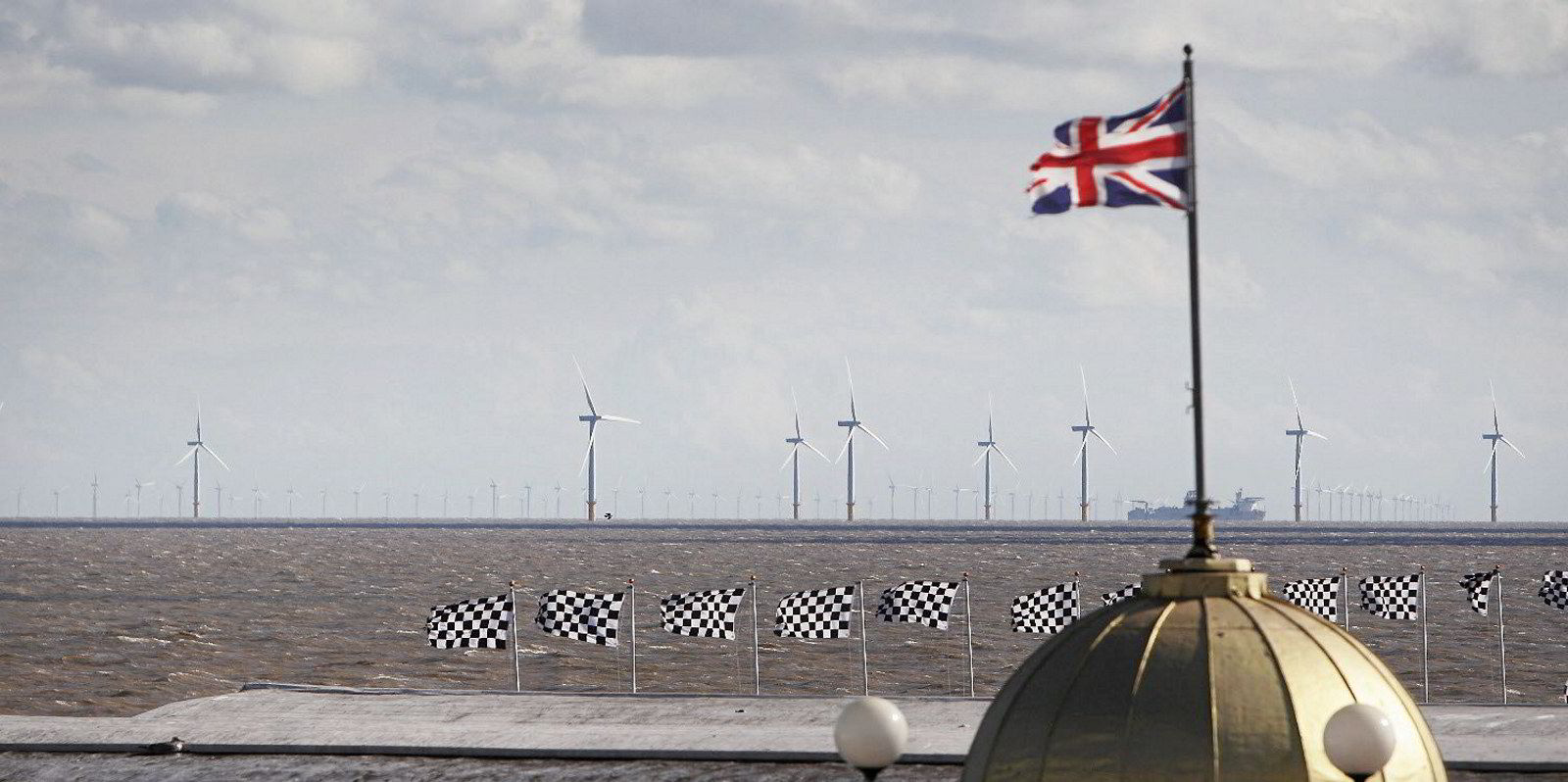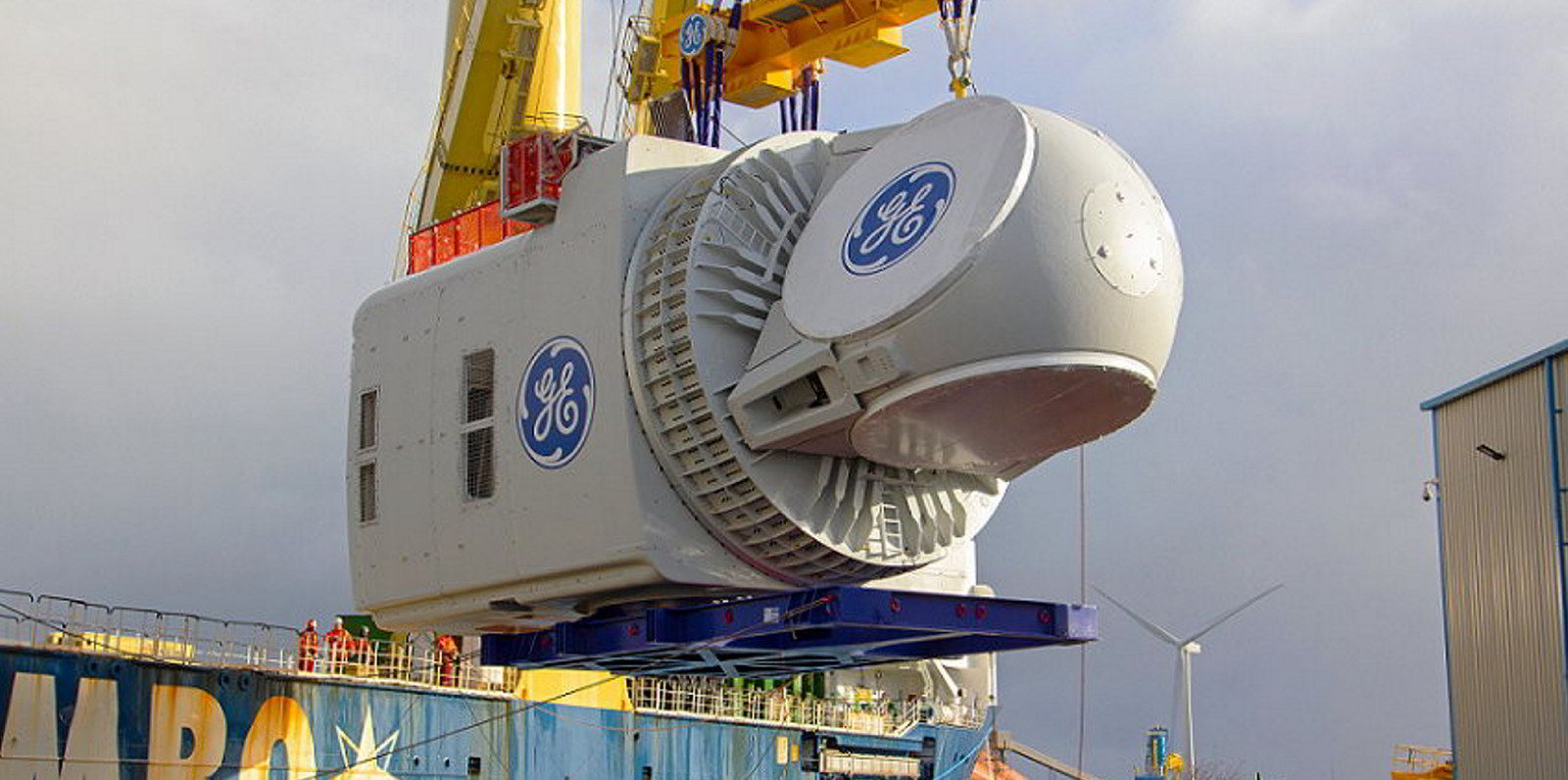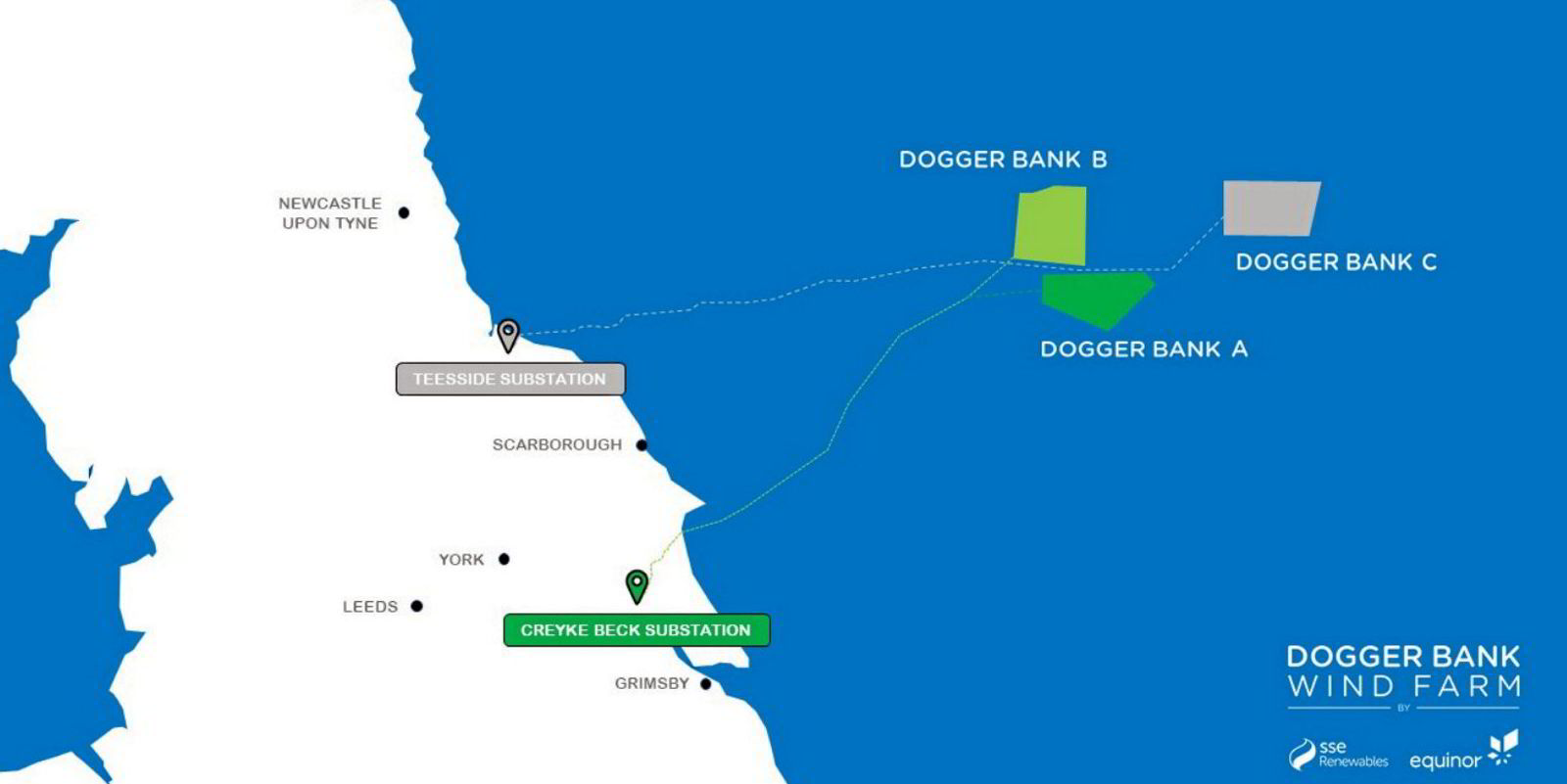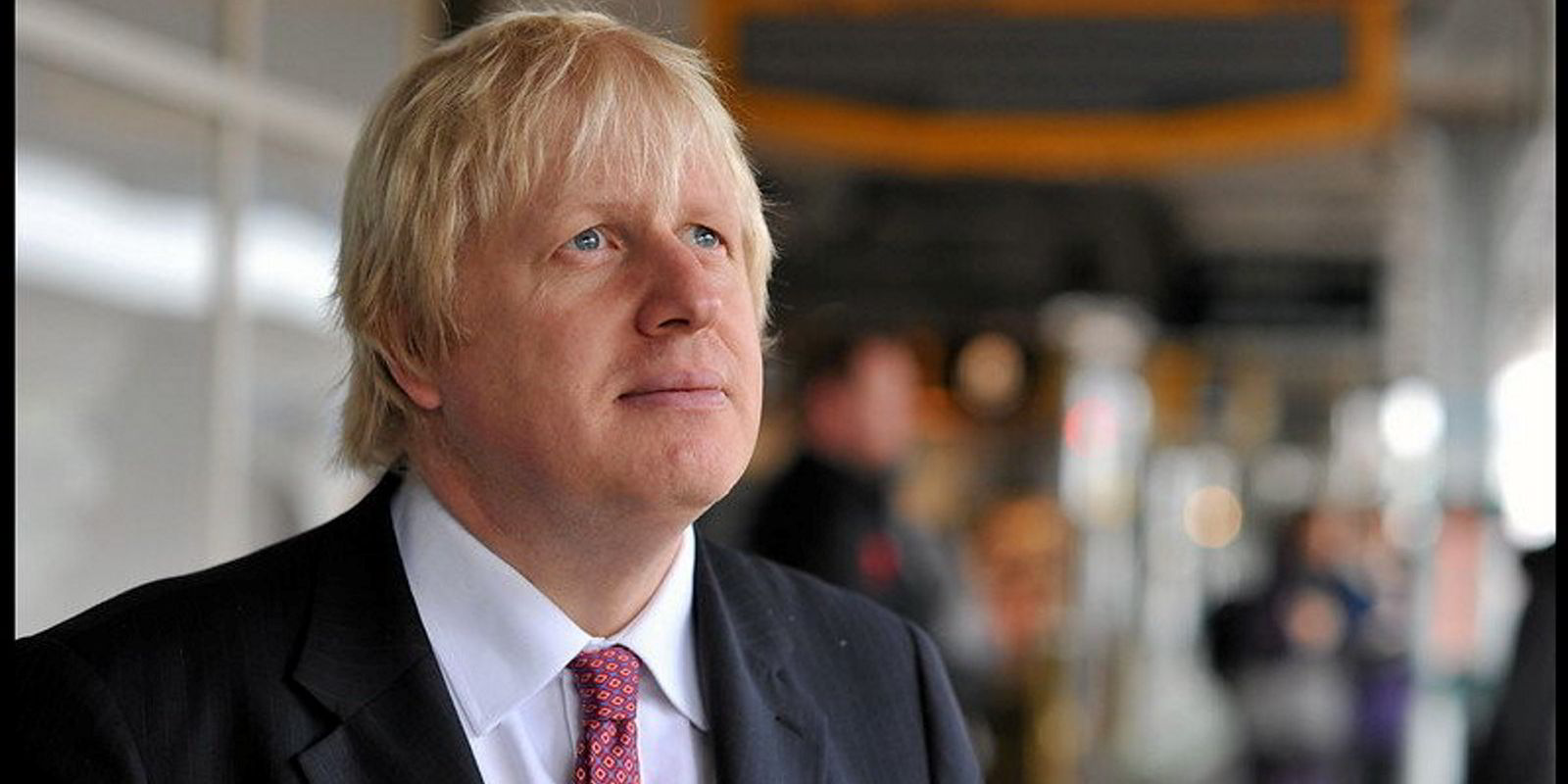Financial close on the lead-off phases of the world’s biggest offshore wind farm has been signed off on by developers Equinor and SSE Renewables, with the seal set on a debt package of some £5.5bn ($7.35bn) to move the giant Dogger Bank A and B projects ahead.
Get the market insight you need into the global oil & gas industry's energy transition – from the new newsletter from Upstream and Recharge. Sign up here
A lender group made up of 29 banks and a trio of export credit agencies have been lined up to back the first two 1.2GW stages of the mega-development, set to come online in 2026 in the southern North Sea, which will be followed by a third, same-sized phase, at a later date.
“Dogger Bank has been ten years in the making. We are putting our money where our mouth is on delivering net zero and reinforcing the UK’s position as a world leader,” said SSE chief executive Alistair Phillips-Davies.
“This investment will help drive a green recovery from coronavirus through the project’s construction over the next five years, creating jobs and boosting the local economy. Achieving financial close for the first two phases of the world’s largest wind farm is a huge accomplishment.”
Pål Eitrheim, executive vice president of Equinor’s New Energy Solutions business, called the final investment decision on the two first phases of Dogger Bank is “a major milestone, demonstrating our commitment to profitable growth within offshore windsa”.
“The extensive interest from lenders underpins the attractiveness of UK offshore wind assets and confidence in SSE and EquinorA,” he said.
“This big step forward in delivering what will be the backbone of a growing wind hub in the North Sea.”
“Equinor is committed to helping the UK government deliver on its ten-point plan for a green industrial future,” Eitrheim continued. “Through the sheer scale of the project we have delivered record-low contract prices for the UK market, and as operator of the wind farm we will continue to deliver value to the UK for years to come.”
With the strong interest from lenders, Dogger Bank A and B were able to secure competitive terms, despite unprecedented economic circumstances arising from the global coronavirus pandemic.
The first two phases of Dogger Bank are being constructed as one to “take advantage of the synergies resulting from their geographical proximity and use of common technology and contractors” and also being financed concurrently “with all lenders participating in each phase in equal proportions”.
Dogger Bank A and B will each require total capital expenditure of around £3bn, including the investment for the offshore transmission station. “Dogger Bank C is being developed on a different timescale with financial close to follow at a later stage,” noted Equinor, which will run the wind farm in in operation with SSE responsible for the construction itself.
Dogger Bank will be built with a fleet of 13MW Haliade-X turbines developed by GE Renewable Energy, with GE Energy Finacnial Services (GEFS) among the lenders to phases A and B.
“Sourcing financing from the private and public sectors to enable GE’s flagship Haliade-X offshore wind farm technology in the UK demonstrates increasing appetite by developers and investors to build and fund renewable energy infrastructure projects,” said Susan Flanagan, GEFS’ CEO.
“As more mega-offshore wind projects come to market, we are seeing sponsors tap into export credit agencies to support the debt requirements of these capital-intensive projects and attract the needed capital to bring such projects online.
“In the UK and across Europe, strong renewables buildout is expected to continue and offshore is seen as a transformative energy source that will have a major impact on the pace of the energy transition.”
Once online, Dogger Bank is expected to power up to 6 million homes in the UK, equal to 5% of the country’s electricity demand.
